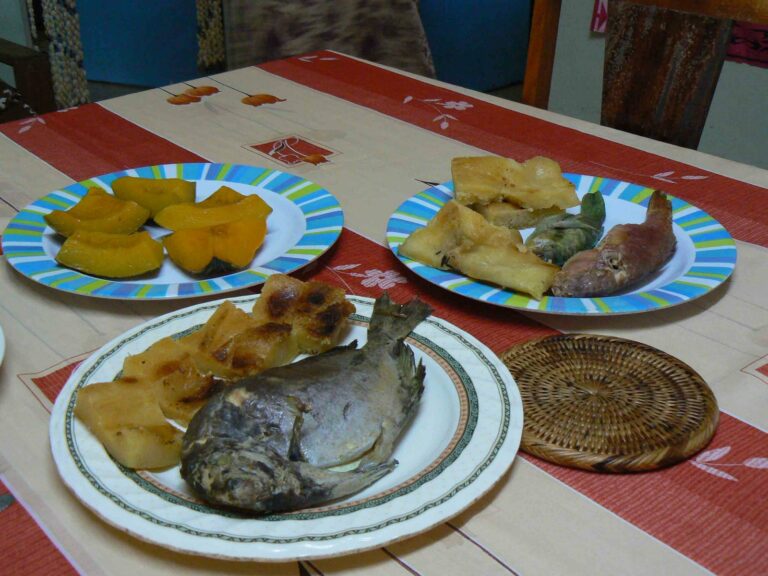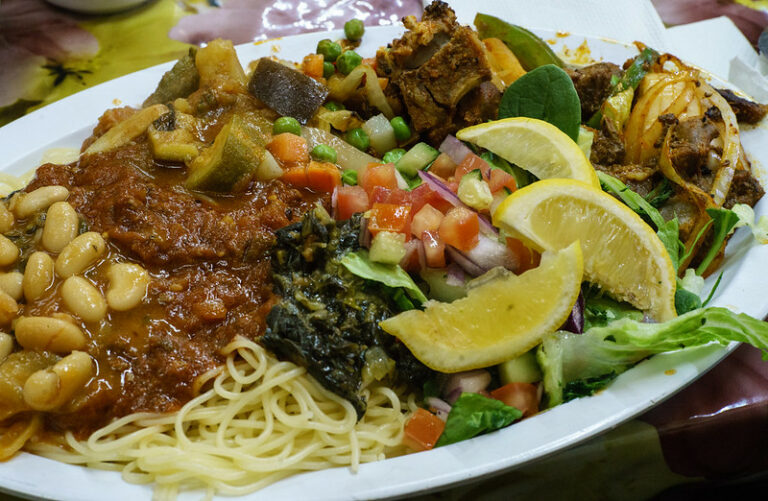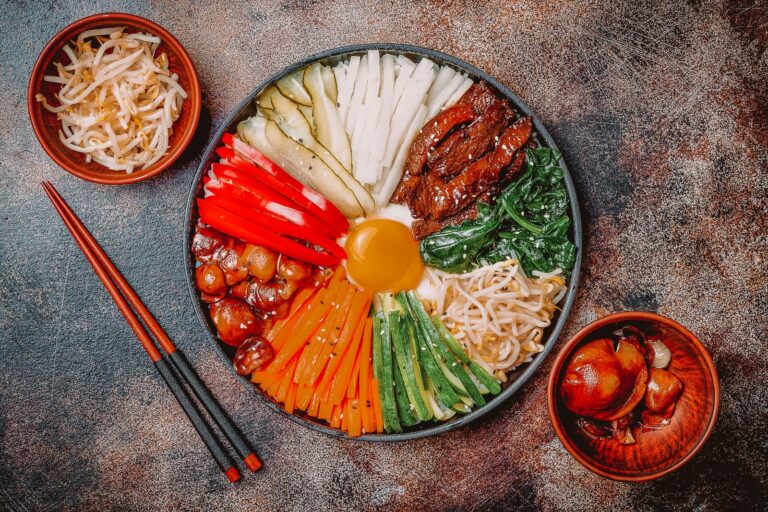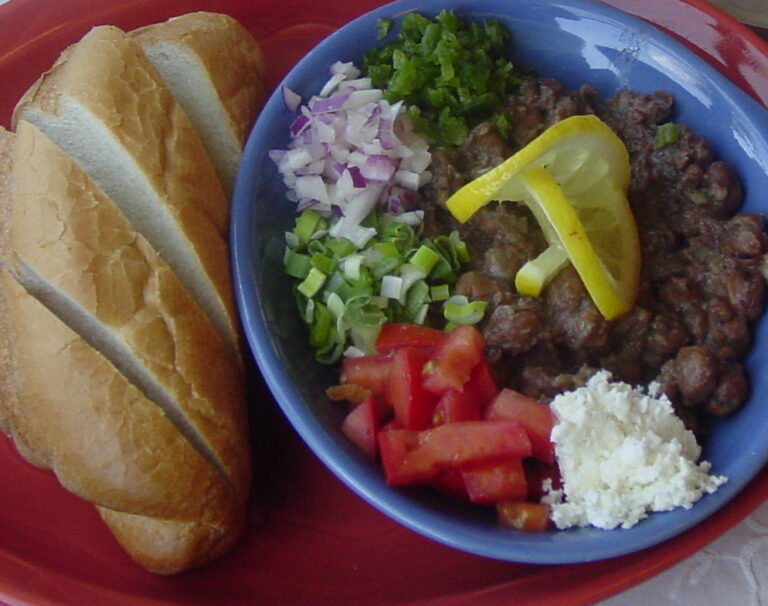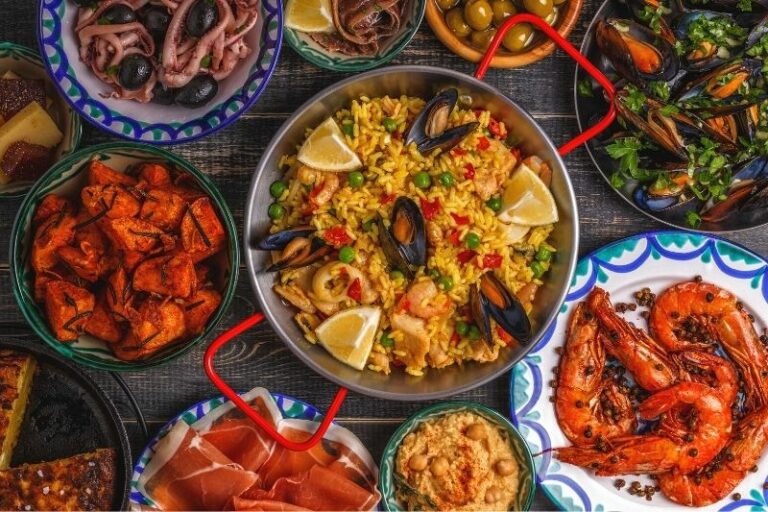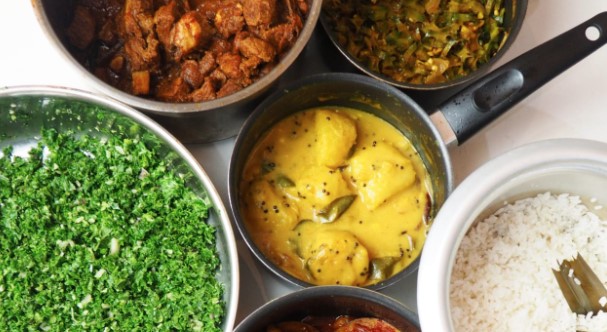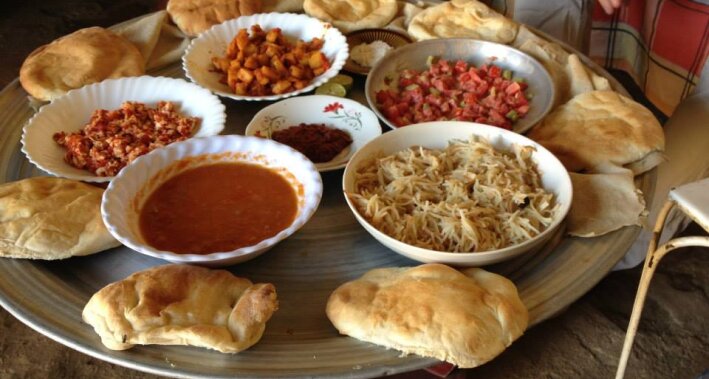Introduction: Street Food and Tourism in Solomon Islands
Street food is a quintessential part of the tourist experience in many countries, including the Solomon Islands. It is a way to taste the local cuisine, experience the culture, and connect with the people. Street food in the Solomon Islands is a reflection of the country’s diverse cultural heritage and unique geography. From grilled seafood to tropical fruits, the street food scene in the Solomon Islands offers a tantalizing array of flavors for tourists to try.
The History of Street Food in Solomon Islands
The tradition of street food in the Solomon Islands can be traced back to the ancient times when people would cook and sell food at markets and street corners. However, it wasn’t until the 19th century when Chinese immigrants introduced new dishes and cooking techniques that street food became more widespread. Today, street food is an integral part of the local food culture, and it is enjoyed by both locals and tourists alike.
Availability and Accessibility of Street Food for Tourists
Street food is readily available in the major cities and towns of the Solomon Islands. Tourists can find street food vendors selling a variety of dishes, from grilled seafood to local stews, in markets and busy streets. The most popular street food areas are in Honiara, Gizo, and Auki. While some vendors have permanent stalls, most operate from mobile carts or makeshift setups. Tourists should be prepared to navigate crowded spaces and be mindful of their personal belongings when purchasing from street vendors.
Health and Safety Concerns for Tourists Eating Street Food
While street food can be delicious, it can also pose health risks, especially for tourists who are not used to the local cuisine. The lack of proper sanitation and food handling practices can lead to foodborne illnesses. Tourists are advised to only eat from vendors who maintain high hygiene standards, such as using clean utensils and wearing gloves. It is also recommended to avoid raw or undercooked meat and seafood.
The Cost of Street Food in Solomon Islands
Street food in the Solomon Islands is generally affordable and budget-friendly. Prices for a meal can range from SBD 10 to SBD 30. The cost depends on the type of food and the location of the vendor. Tourists can also haggle with vendors to get a better price, but it is important to be respectful and not to bargain too aggressively.
Conclusion: Street Food as a Cultural Experience for Tourists
Street food is more than just a way to fill one’s stomach; it is a cultural experience that allows tourists to connect with the local community and the country’s heritage. The street food in the Solomon Islands reflects the country’s history, geography, and cultural diversity. Tourists who are willing to try street food will be rewarded with unique and flavorful dishes that they cannot find anywhere else. However, they should also be mindful of health and safety concerns and be prepared to navigate the challenges of eating in a street food environment.

